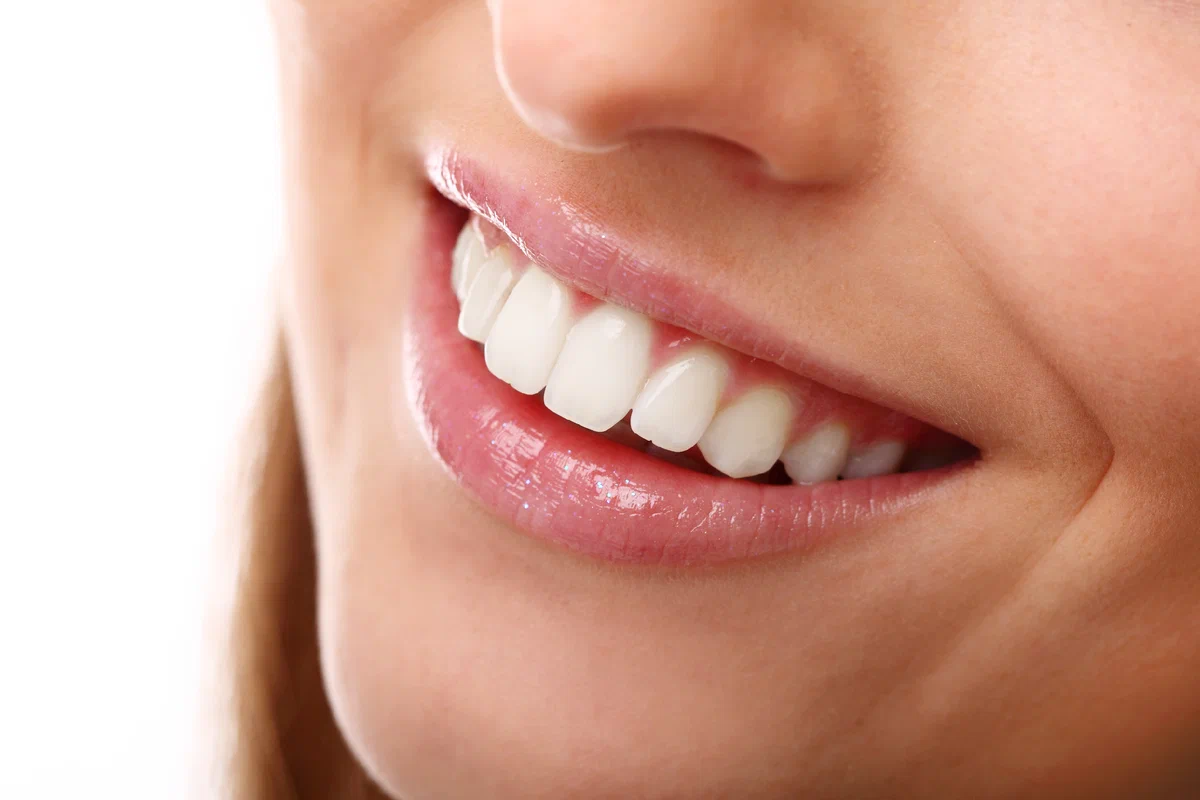
What is Dental Cleaning? How is it Done?
3 February 2023
What is Aesthetic Filling? How is it Done?
3 February 2023
Porcelain fillings are both aesthetic and durable. They treat significant tooth loss and large gaps in the mouth. Technological advances have made porcelain restorations using intelligent scanning and modeling systems much more successful than traditional techniques. What is a porcelain filling, what are its advantages over other fillers, and how is it done?
What is Porcelain Filling?
Loss of teeth can occur in the mouth for several reasons, such as trauma, accidents, and lack of oral care. Some different techniques can be used to fill in the missing teeth. While composite fillings are more commonly used for the front teeth, porcelain fillings are preferred in cases where tooth decay has progressed and has caused too much damage. Porcelain fillings, which have a reinforced composite as their primary material, are made in a laboratory environment and help restore teeth’ function that cannot be restored with conventional fillings. In addition, they are designed to preserve the natural appearance of the tooth. The fillings are also durable. They are called inlays, onlays, or overlays, depending on the area covered by the restoration.
You can also have healthy and natural-looking teeth with porcelain fillings. This is one of the most successful methods of treating tooth loss.
How is a Porcelain Filling Applied?

Porcelain fillings are usually preferred for the back teeth, which have lost their chewing function due to tooth decay or a fracture. For teeth that have lost a significant amount of chewing surface, it is more appropriate to use porcelain fillings instead of a composite restoration. It takes two visits to make porcelain fillings:
The first visit involves removing old fillings if necessary, cleaning the cavity, and measuring the tooth. Afterward, the patient and the dentist decide on the color of the filling, and a temporary filling gets placed in the clean cavity. The measurements are sent to the laboratory, and permanent filling production begins.
During the second visit, the temporary filling placed during the previous visit will be removed and replaced with the porcelain filling prepared in the dental laboratory. The height and intraoral compatibility of the filling are checked to ensure that it doesn’t interfere with the tooth’s ability to speak and chew. Once the necessary adjustments have been made, the filling is cemented into place with a special adhesive. If any other problem is found, the filling is sent back to the laboratory for further correction, and a third appointment is scheduled for the patient.
How Long Does Preparation of Porcelain Filling Take?
Preparation for porcelain fillings begins after the first consultation with the patient. The filling process will take about 2-4 days. After this period, a second visit will be scheduled to proceed to the bonding stage.
What are the Benefits of Porcelain Fillings?
Porcelain fillings, also known as inlay-onlay fillings, are often used to close gaps caused by tooth fractures. The advantages of porcelain fillings in comparison to other fillings used for similar methods are as follows:
- It is a quick and practical application. It is usually successfully completed in 2 visits.
- Highly compatible with teeth and gums.
- Compared to composite fillings, it is more robust and longer lasting.
- It can be re-polished.
- Tea, coffee, and cigarettes do not change the color of porcelain fillings.
- It is more flexible than other fillings and maintains the visual harmony of the mouth.
- Helps conceal tooth irregularities without compromising natural appearance.
- It is effortless to clean and maintain. Oral care can be applied as if there were no filling.
- The margin of error is reduced to a minimum when camera systems are used during the procedure.
All these characteristics give porcelain restorations an advantage over other methods. With regular and proper oral care, you can have natural and harmonious teeth thanks to porcelain fillings, which can last up to 30 years.
Porcelain Filling Prices
Several advantages set porcelain restorations apart from other techniques that are used for similar purposes. However, treatment decisions are significantly influenced by parameters such as the structure of the mouth, the condition and location of missing teeth, and patient preference. The best filling is the one that is placed in the right place with the proper technique and for the correct indication. Thus, it is essential to consider the dentist’s decision in selecting the method to use and the pricing. It is impossible to set a price range for porcelain restorations as they vary greatly depending on the patient’s oral structure and needs.
Suppose you want to get rid of the gaps that are causing loss of function in your mouth but cannot decide which filling is better. In that case, you should consult an expert dentist to get the most suitable treatment.



